Spanish Essentials
Paella Valenciana
Paella Valenciana stands as the pinnacle of Spanish gastronomy, a dish that encapsulates the vibrant culinary traditions of Valencia. This celebrated rice creation has won admirers worldwide, but the genuine article made in its birthplace remains unparalleled.
Chef's Notes:
- Paella Valenciana is the quintessential version of Spain's beloved rice dish, with its roots in the Valencia region.
- Authentic ingredients include chicken, rabbit, green beans, and garrofó beans, combined with rice and aromatic saffron.
- The dish is traditionally cooked in a wide, shallow pan known as a paella or paellera, preferably over an open fire.
The Origins of Paella Valenciana
The story of paella begins in the verdant fields of Valencia, where agricultural laborers would prepare rice dishes using locally available ingredients. Over generations, the recipe evolved, incorporating the region's finest produce and meats.
Interestingly, the term "paella" originally referred to the distinctive wide, shallow cooking vessel used to prepare the dish. This unique pan enables the rice to cook uniformly and develop a coveted crispy base layer known as socarrat.
Essential Ingredients
To craft an authentic Paella Valenciana, you'll require:
- Short-grain rice (ideally Spanish bombarice)
- Chicken and rabbit meat
- Green beans (judías verdes)
- Large white beans (garrofóor butter beans)
- Tomatoes
- Saffron
- Olive oil
- Rosemary
- Paprika
- Chicken or rabbit stock
This carefully curated blend of ingredients produces a harmonious flavor profile that's distinctly Valencian. The saffron imparts the dish's iconic golden color and delicate fragrance.
Preparing Your Paella
Prior to commencing your culinary journey, ensure you have a suitable paella pan at your disposal. In its absence, a wide, shallow skillet can serve as a reasonable alternative.
Follow this step-by-step guide to create your own Paella Valenciana:
1. Warm olive oil in your paella pan over medium-high heat.
2. Introduce chicken and rabbit pieces, browning them thoroughly.
3. Relocate the meat to the pan's perimeter and add green beans and garrofó beans to the center.
4. Once the beans have been lightly browned, incorporate grated tomato and cook until reduced.
5. Mix in paprika and crumbled saffron.
6. Add the rice, stirring to ensure it's coated with oil and vegetables.
7. Pour in hot stock and bring the mixture to a boil.
8. Lower the heat and simmer for approximately 18 minutes, or until the rice is tender.
9. During the final 5 minutes, add a sprig of rosemary for additional flavor.
10. Allow the paella to rest for 5-10 minutes before serving.
It's worth noting that genuine Paella Valenciana doesn't include seafood. If you encounter a paella featuring shrimp or mussels, you're looking at a different variation of the dish.
The Art of Cooking Paella
Mastering paella is as much about technique as it is about ingredient selection. The secret lies in creating a rice layer that's perfectly balanced - neither too thick nor too thin.
Traditionally, paella is prepared over an open flame. This method ensures even heat distribution and facilitates the development of the prized socarrat at the pan's bottom.
Resist the urge to stir the rice after adding the stock. This isn't risotto! Allow it to cook undisturbed to achieve that desirable crispy bottom layer.
Serving Your Paella
Paella is inherently a social dish, designed to be enjoyed directly from the pan in good company. Invite your loved ones to gather around the table and savor the experience together!
Complement your paella with a crisp Spanish white wine or a refreshing sangría. A simple green salad can provide a lovely contrast to the dish's rich flavors.
Nutrition Facts
Here's an approximate nutritional breakdown for a serving of Paella Valenciana:
-
- Calories: 450
- Protein: 25g
- Fat: 15g
- Carbs: 55g
- Fiber: 3g
- Iron: 15%
- Vitamin C: 20%
Keep in mind that these values may fluctuate based on specific ingredients and portion sizes.
Tips for Perfect Paella
To elevate your Paella Valenciana to new heights, consider these tips:
- Prioritize high-quality ingredients. Fresh, locally sourced produce can make a significant difference.
- Avoid overcrowding the pan. The rice should be spread in a thin, even layer for optimal cooking.
- Exercise patience when developing the socarrat. This crispy bottom layer is the hallmark of exceptional paella.
- Allow the paella to rest post-cooking. This enables the flavors to meld and the rice to absorb any remaining liquid.
With practice, you'll develop an intuition for crafting the perfect paella. Don't be disheartened if your initial attempts aren't flawless – even seasoned Spanish cooks continually strive to refine their paella-making skills!
FAQs
What distinguishes Paella Valenciana from other paella varieties?
Paella Valenciana is the original recipe, featuring chicken, rabbit, and specific vegetables. Other paella variations may incorporate seafood, different meats, or even vegetarian ingredients.
Is it possible to prepare Paella Valenciana without a dedicated paella pan?
While a paella pan is optimal, a large, wide skillet can suffice. The crucial factor is using a pan that allows the rice to cook in a thin, even layer.
Should I stir the paella during the cooking process?
Traditional paella preparation doesn't involve stirring after the stock is added. This technique allows the bottom layer to crisp up, forming the coveted socarrat.
What can I use as a substitute for rabbit meat?
If a rabbit isn't readily available or to your liking, you can use chicken exclusively. However, for the most authentic flavor profile, try to include both meats.
How can I determine when my paella is fully cooked?
The rice should be tender but retain a slight firmness. Most of the liquid should be absorbed, and you might detect a subtle crackling sound from the pan's bottom.
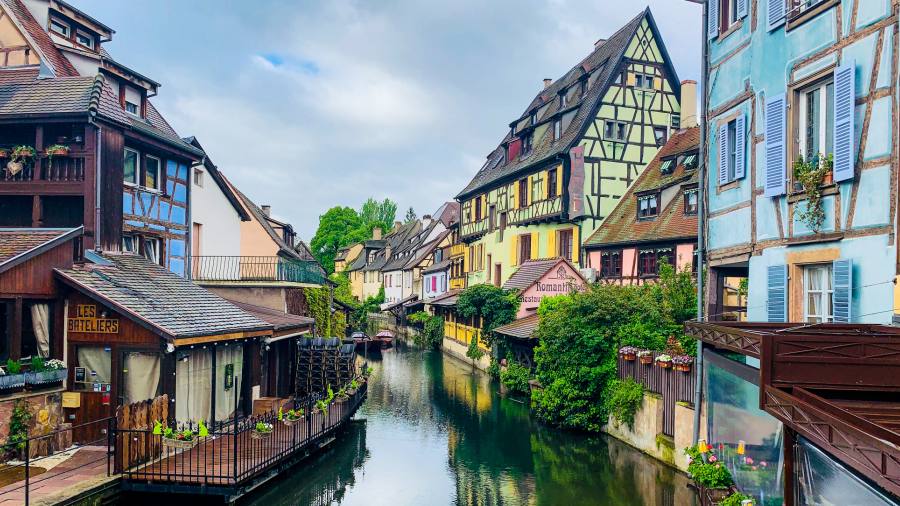



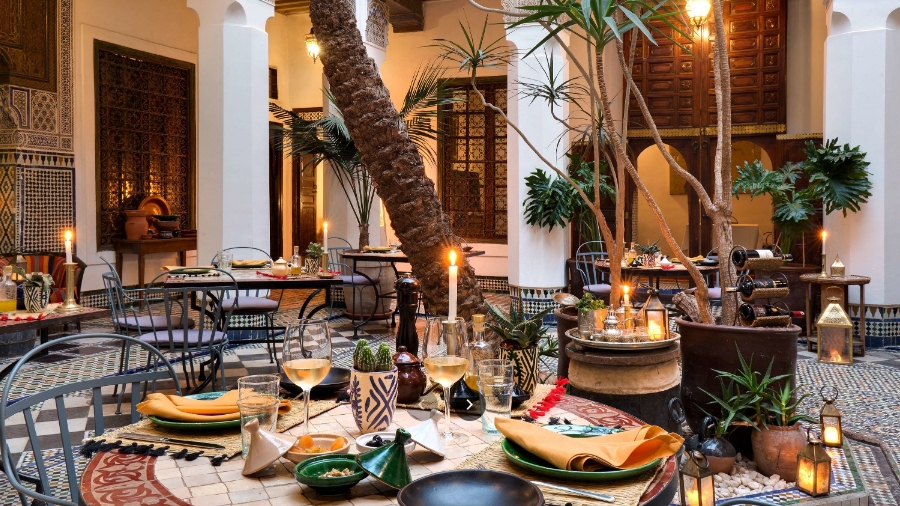
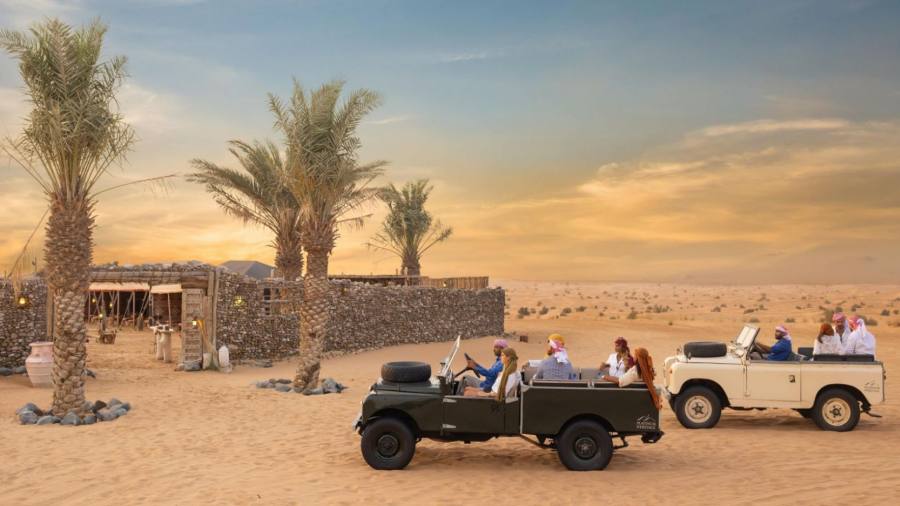

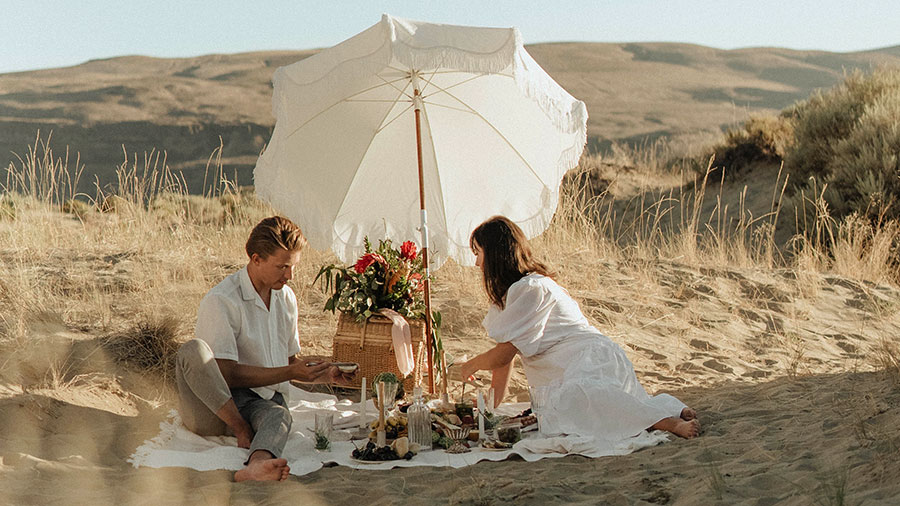
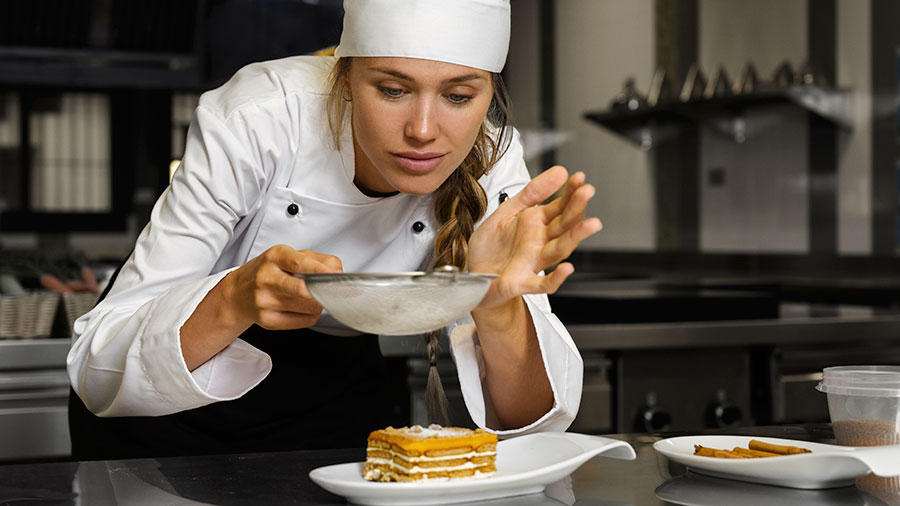
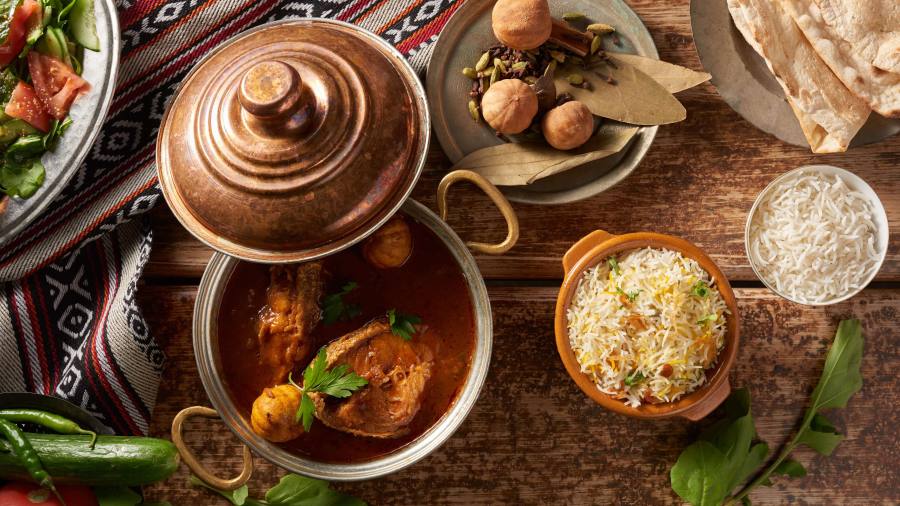
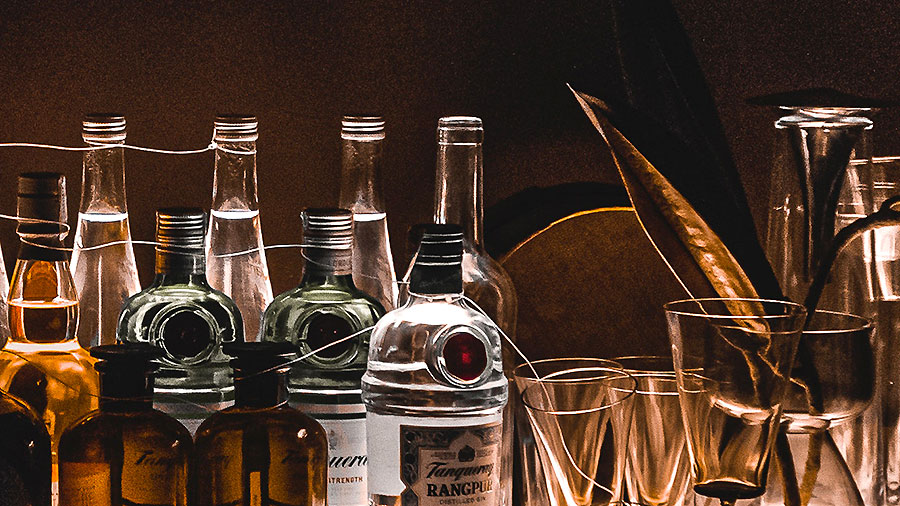
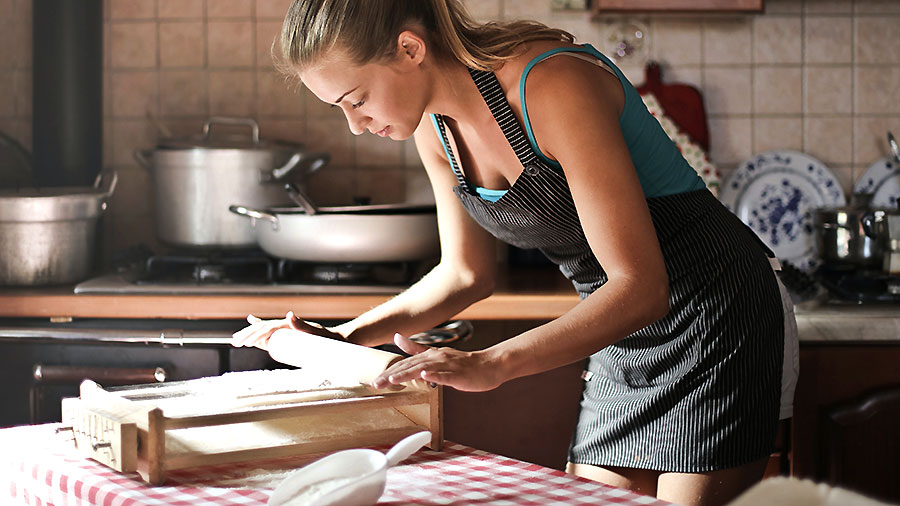
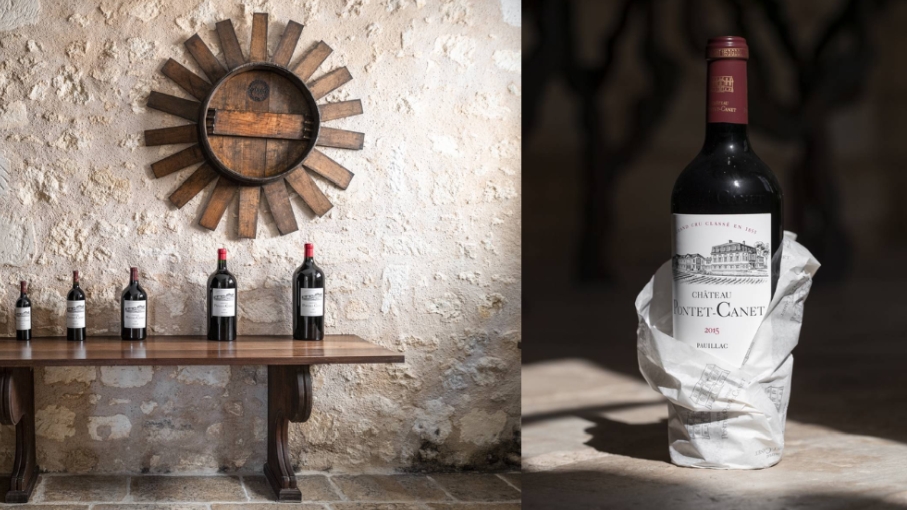
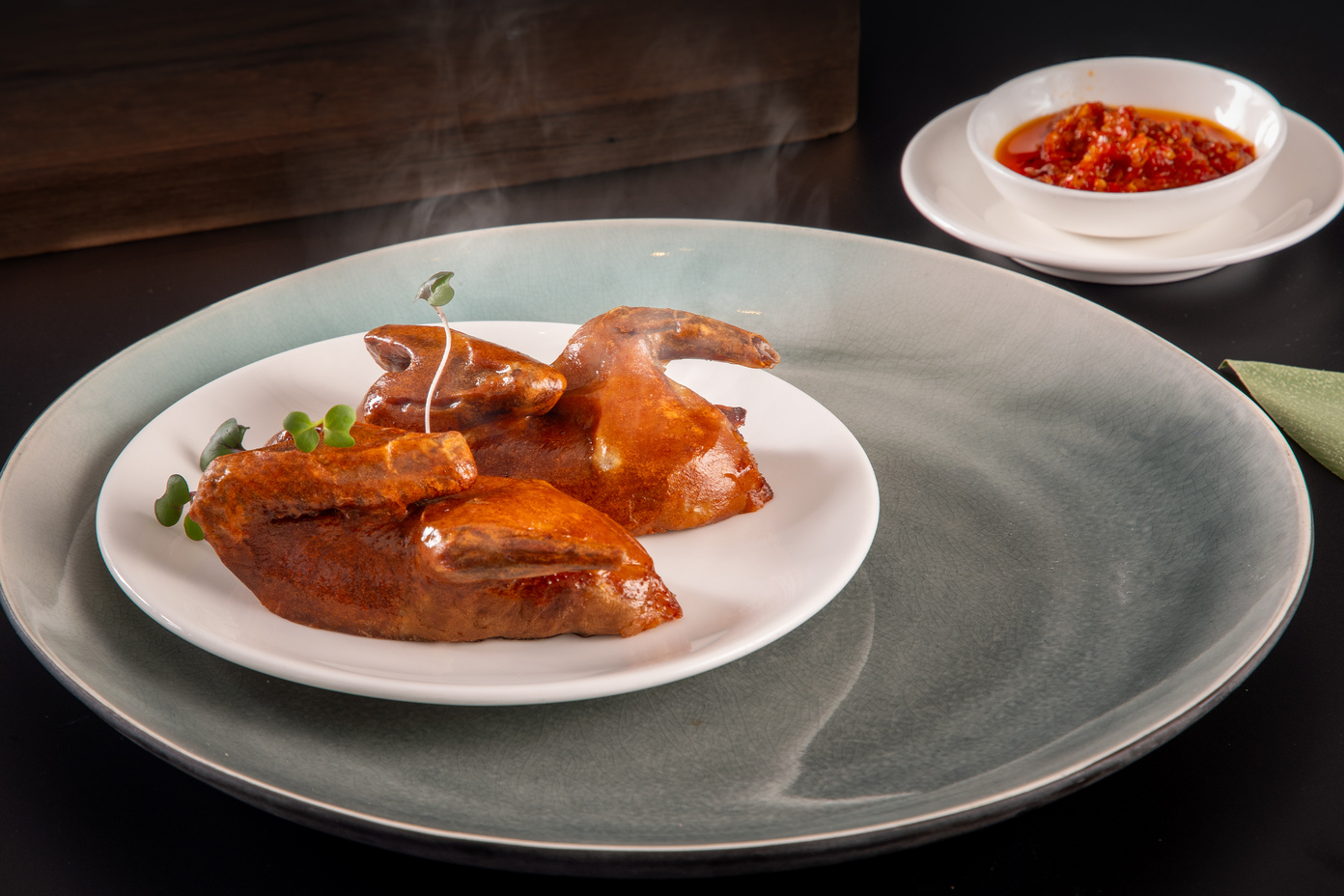
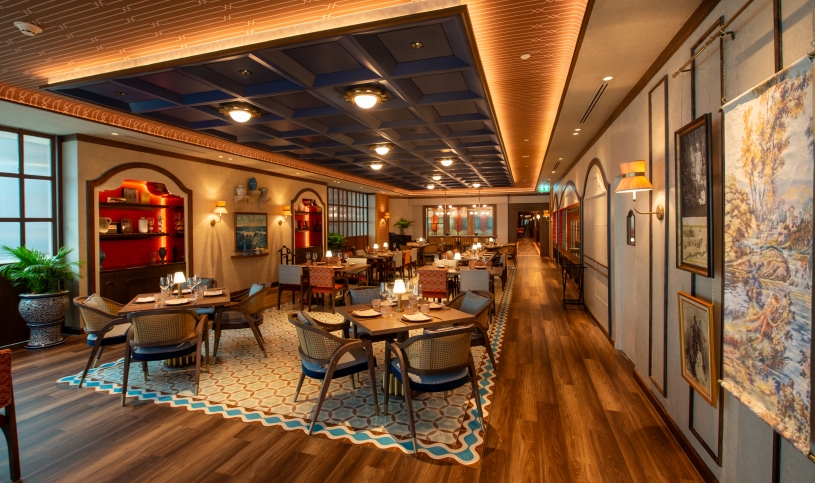
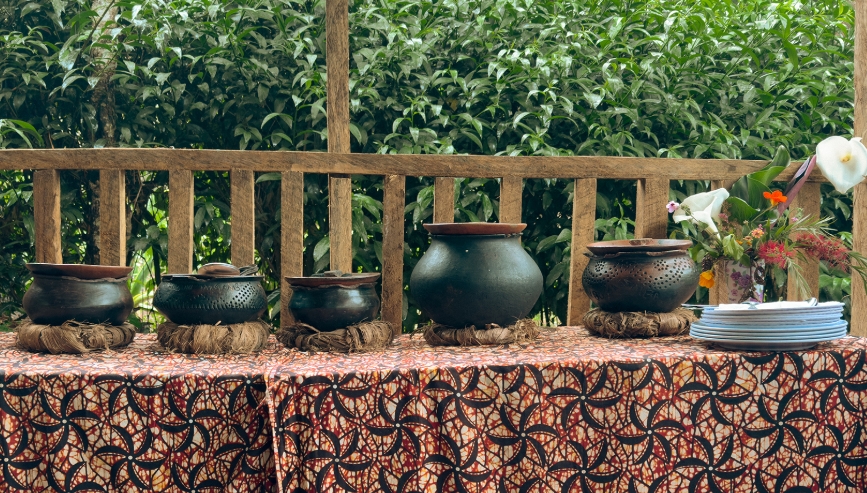
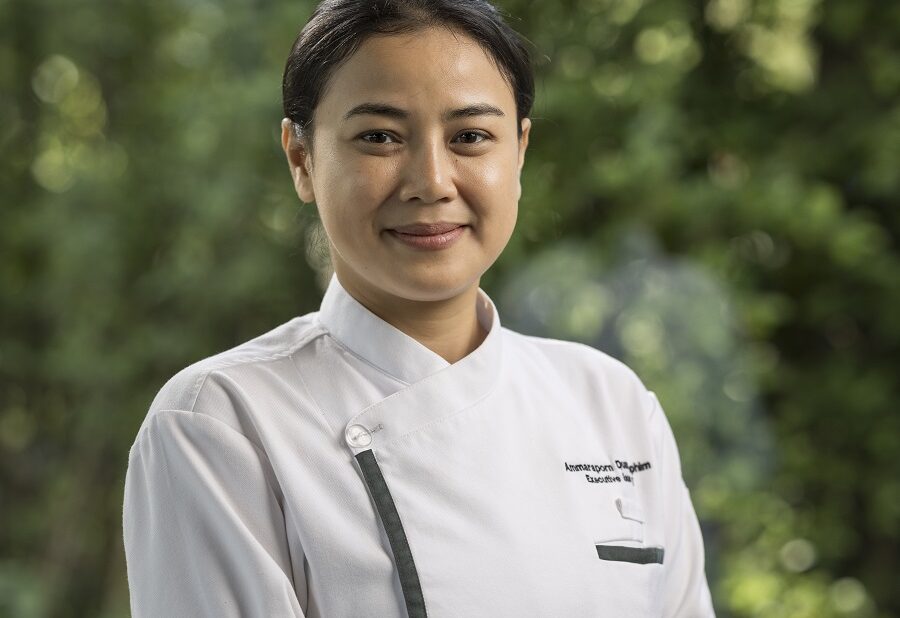
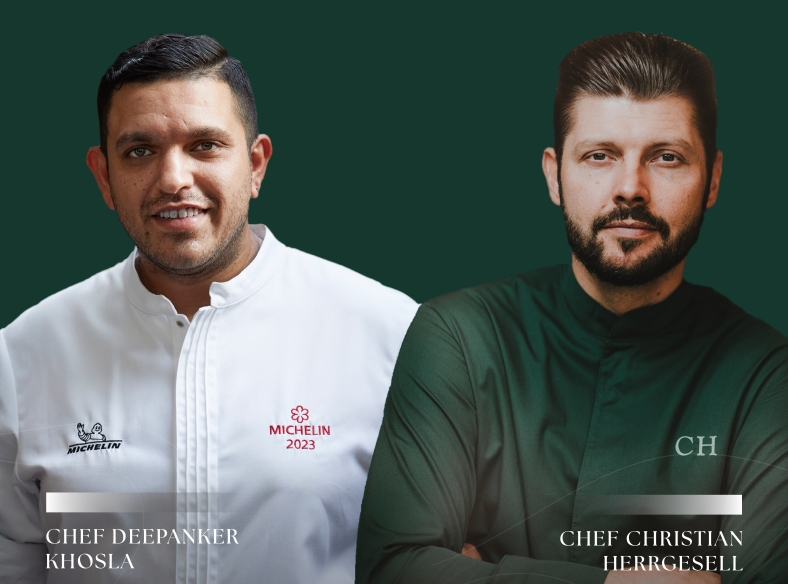
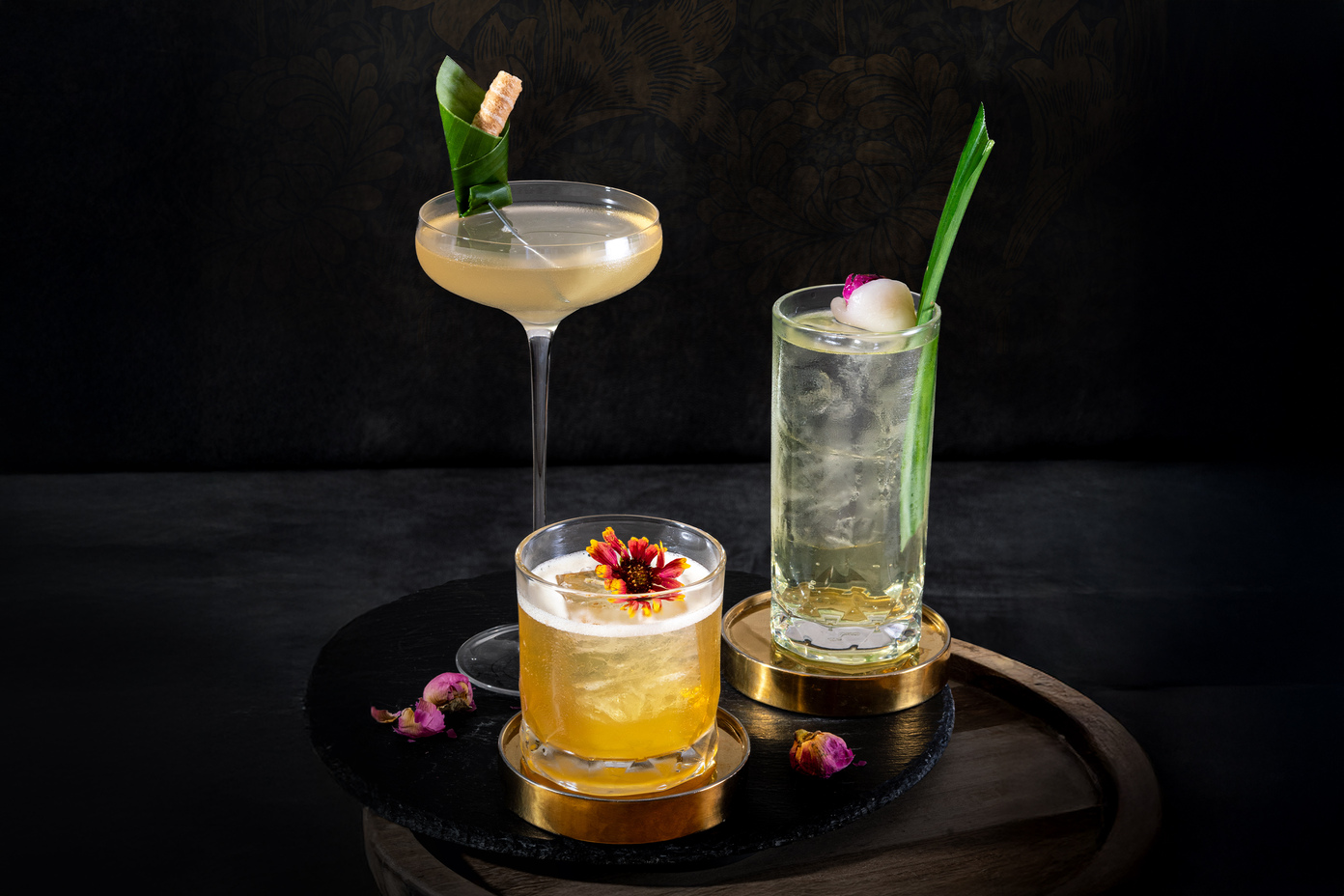
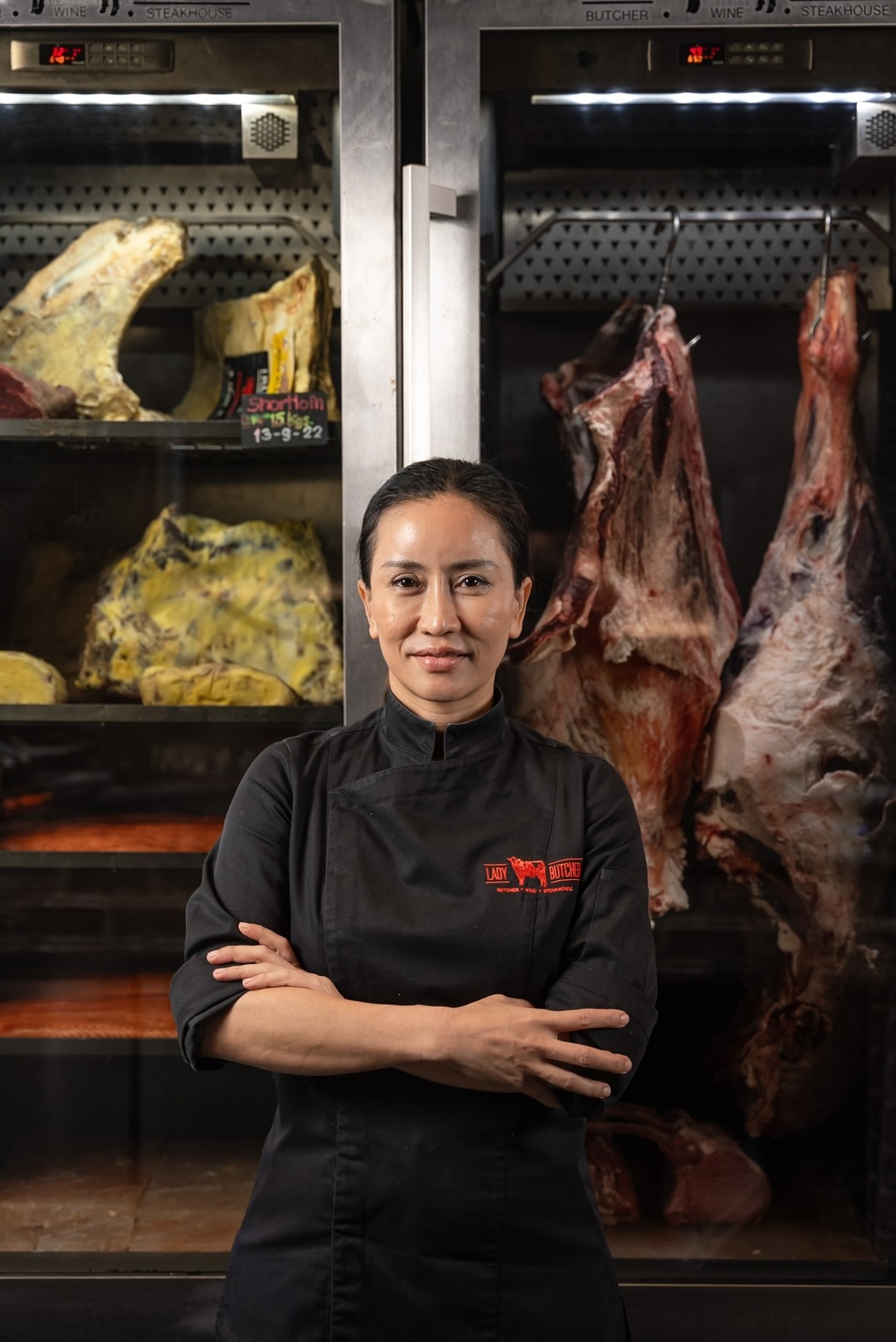
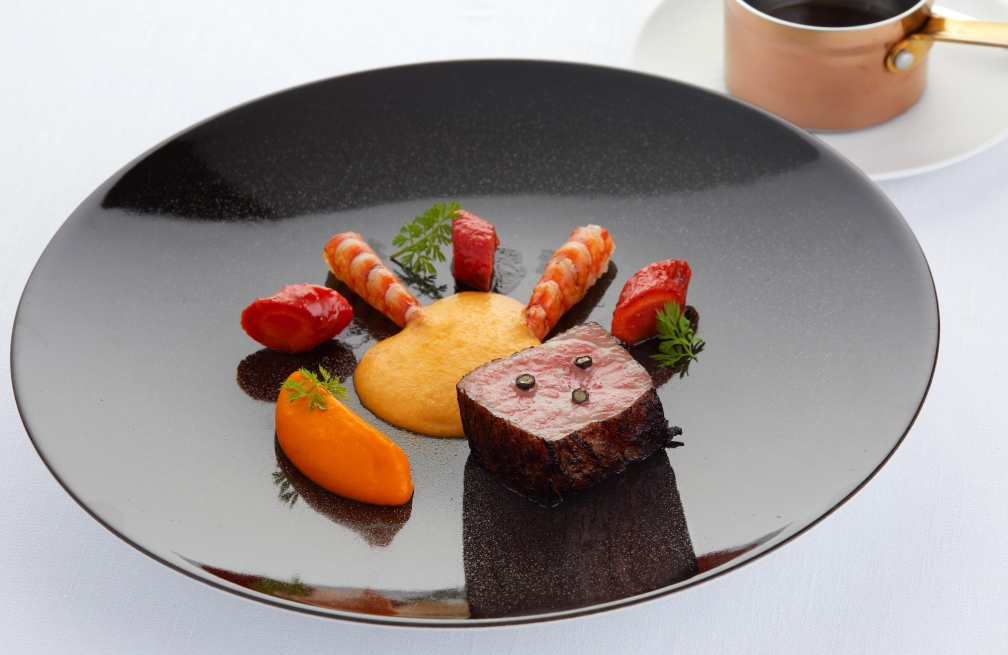
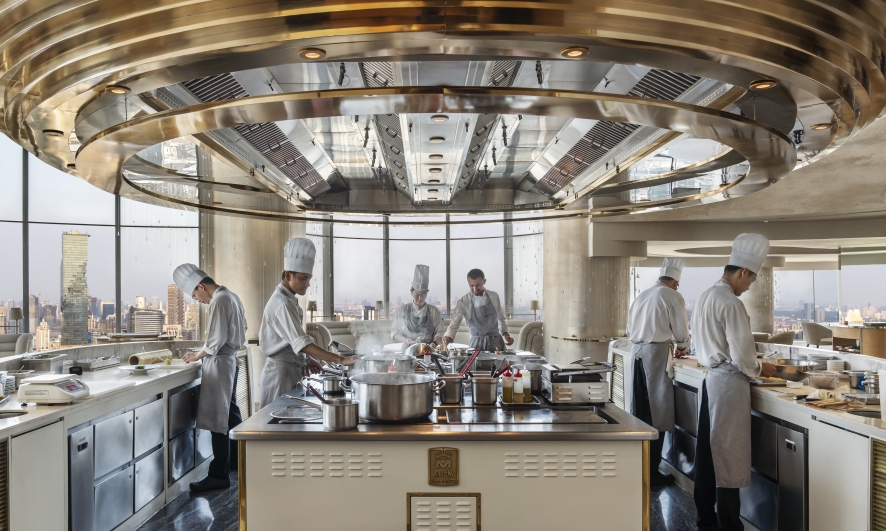
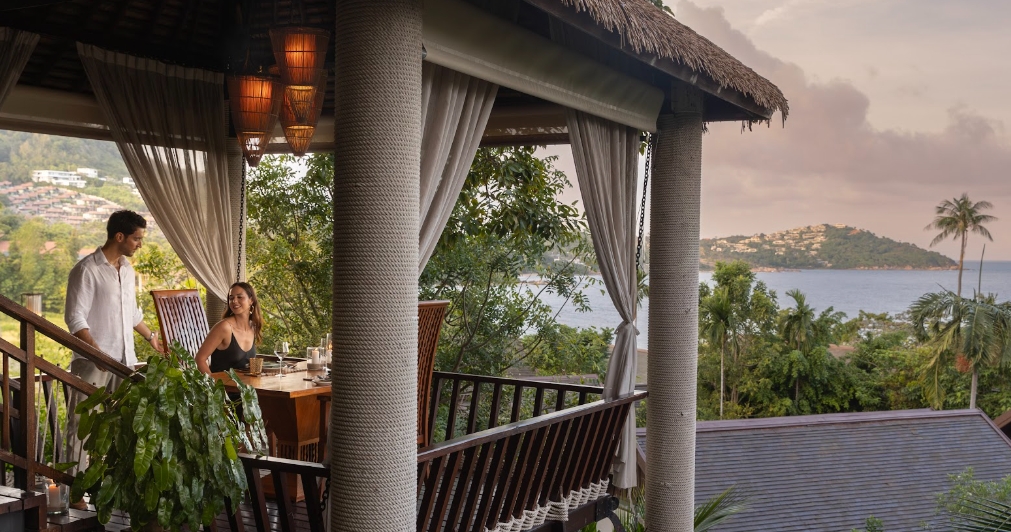
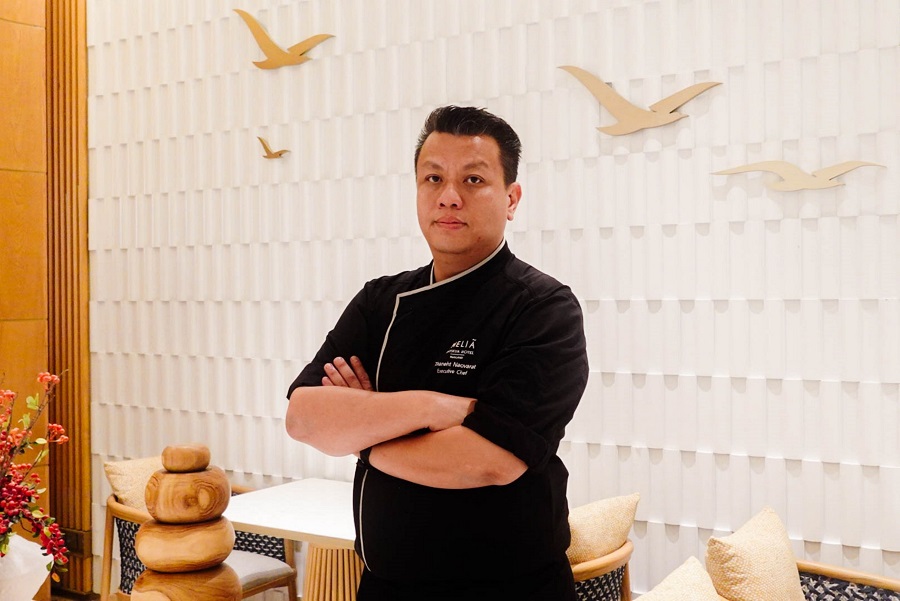




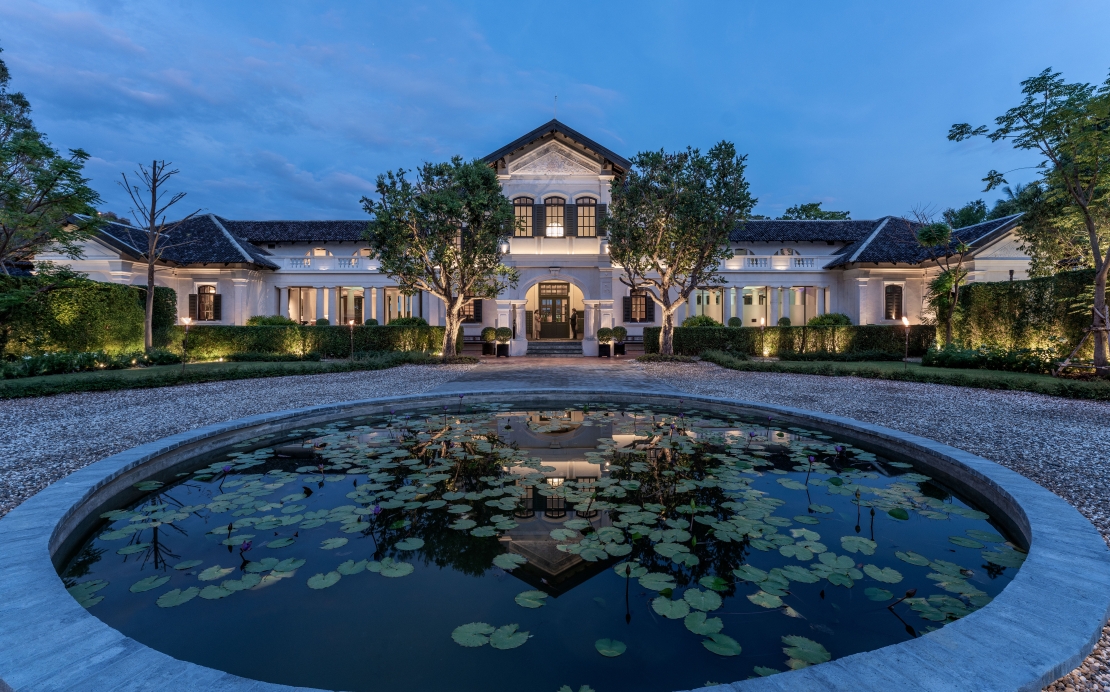
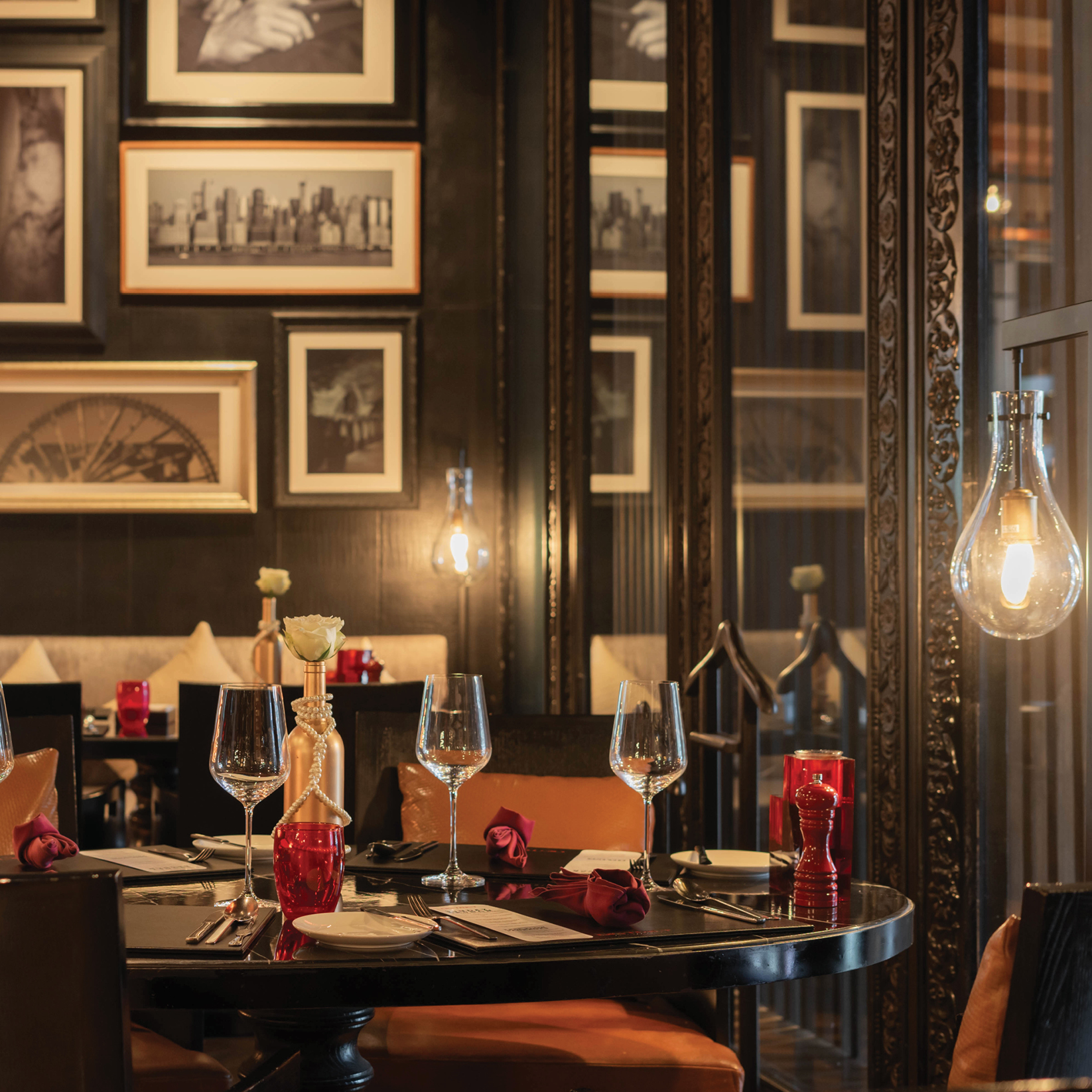
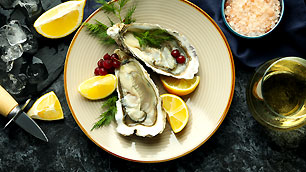 Must Try Foods
Must Try Foods
 Gastronomy Cities
Gastronomy Cities
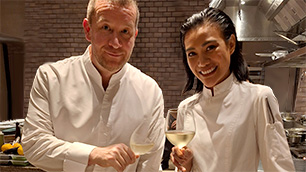 Chef's Talk
Chef's Talk